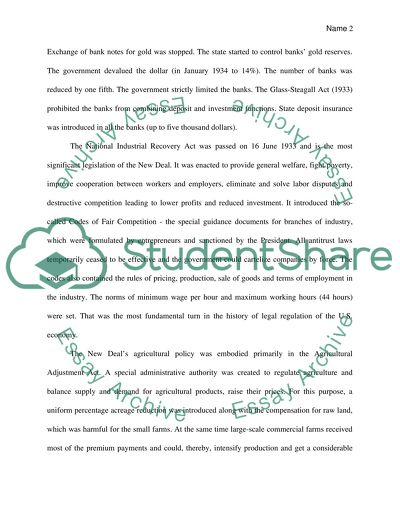Cite this document
(“World War 1, New Deal, and Woman in the 1900,1920s. and 1930s Essay”, n.d.)
World War 1, New Deal, and Woman in the 1900,1920s. and 1930s Essay. Retrieved from https://studentshare.org/history/1445900-world-war
World War 1, New Deal, and Woman in the 1900,1920s. and 1930s Essay. Retrieved from https://studentshare.org/history/1445900-world-war
(World War 1, New Deal, and Woman in the 1900,1920s. And 1930s Essay)
World War 1, New Deal, and Woman in the 1900,1920s. And 1930s Essay. https://studentshare.org/history/1445900-world-war.
World War 1, New Deal, and Woman in the 1900,1920s. And 1930s Essay. https://studentshare.org/history/1445900-world-war.
“World War 1, New Deal, and Woman in the 1900,1920s. And 1930s Essay”, n.d. https://studentshare.org/history/1445900-world-war.


